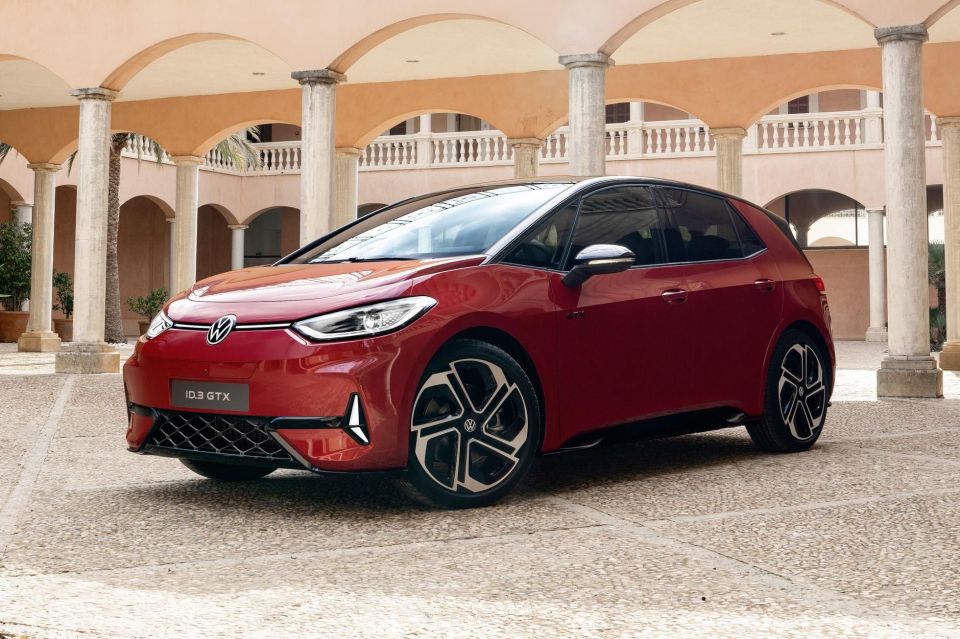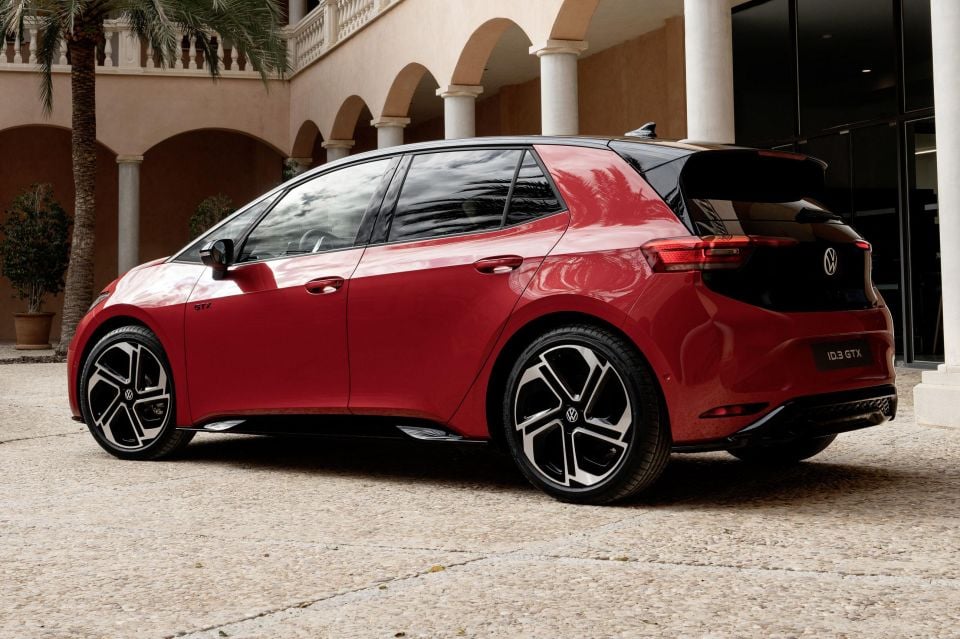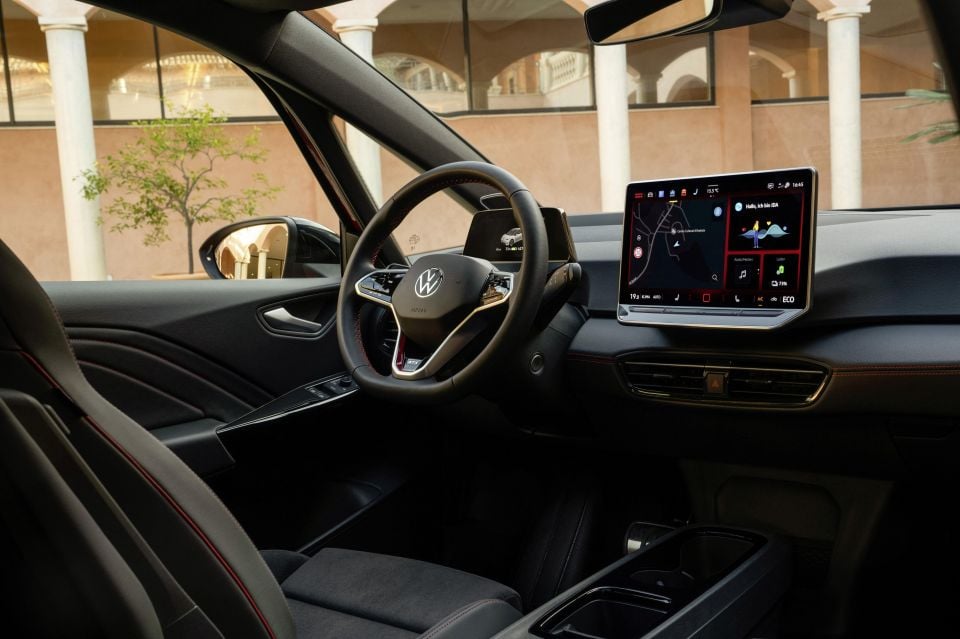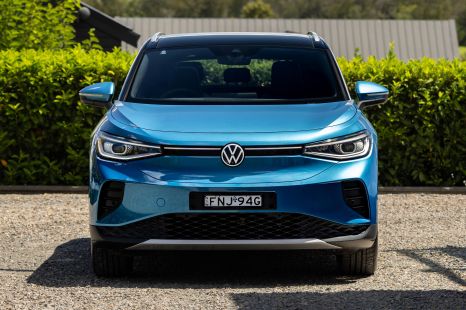

James Wong
2026 Nissan Ariya review
3 Days Ago
The new Volkswagen ID.3 GTX is the brand's first electric hot hatch, and it shares a lot with the recently released Cupra Born VZ.

Journalist


Journalist
Volkswagen’s new rear-wheel drive electric hot hatch will be offered in two flavours.
The standard Volkswagen ID.3 GTX has a single motor on the rear axle making 210kW and 545Nm. This motor is borrowed from the rear-wheel drive ID.4 Pro crossover.
Volkswagen claims it can complete the 0-100km/h dash in 6.0 seconds, and hit an electronically limited top speed of 180km/h.
From a performance perspective, the base GTX easily bests the most powerful variant in the existing ID.3 range, the 150kW/310Nm, which requires 7.9 seconds to hit the century mark.

Above it sits the ID.3 GTX Performance, which also features a single motor driving the rear wheels, but one with more power (240kW) if the same amount of torque (545Nm).
The Performance can sprint from 0-100km/h in 5.6 seconds, while its electronic speed limiter doesn’t kick in until 200km/h.
Despite having the same motor and output figures as the very closely related Cupra Born VZ, the German hatch is 0.1s faster to 100km/h.
Both the regular ID.3 GTX and the GTX Performance have a 79kWh (net) battery pack, and support DC fast charging at up to 175kW. The standard GTX is expected to have a WLTP range rating of around 600km.

Externally, the ID.3 GTX models are differentiated from their lesser siblings by a new front bumper that has a more aggressive design, with a new lower intake area flanked by triangular driving lights.
All of the GTX’s black plastic elements have a glossy finish, including the new side sills and rear diffuser. There’s also ‘Skagen’ 20-inch alloy wheels finished in either a mix of black and silver, or all black.
Judging from the provided photos, the ID.3 GTX — like the Cupra Born VZ — has front disc brakes and rear drum brakes.
There is, however, a retuned steering setup, and for the GTX Performance a revised adaptive chassis control system, with four driver-selectable profiles: Eco, Comfort, Sport, and Individual.

Inside there’s prominent GTX lettering on the seats and steering wheel, as well as red stitching on the steering wheel, dashboard, doors, and seats.
The standard premium sport seats are upholstered in fabric and faux leather, while the optional ergoActive seats have a mix of fabric and faux velour and leather.
Sitting in the middle of the dashboard is a new, larger 12.9-inch touchscreen with illuminated slider buttons, an improved interface including permanent on-screen buttons for the climate control system, and a voice assistant with ChatGPT artificial intelligence integration.
The larger screen also means gear selection is done using a wand behind the steering wheel. Sadly the steering wheel still has capacitive buttons on its spokes.
Volkswagen Australia says the ID.3 won’t arrive until at least 2025, and the local lineup “will be announced in due course”. The first GTX models in our market will be the ID.4 and ID.5, due here in July 2024.
Where expert car reviews meet expert car buying – CarExpert gives you trusted advice, personalised service and real savings on your next new car.
Derek Fung would love to tell you about his multiple degrees, but he's too busy writing up some news right now. In his spare time Derek loves chasing automotive rabbits down the hole. Based in New York, New York, Derek loves to travel and is very much a window not an aisle person.


James Wong
3 Days Ago


William Stopford
3 Days Ago


Josh Nevett
2 Days Ago


Paul Maric
1 Day Ago


Damion Smy
21 Hours Ago


William Stopford
21 Hours Ago